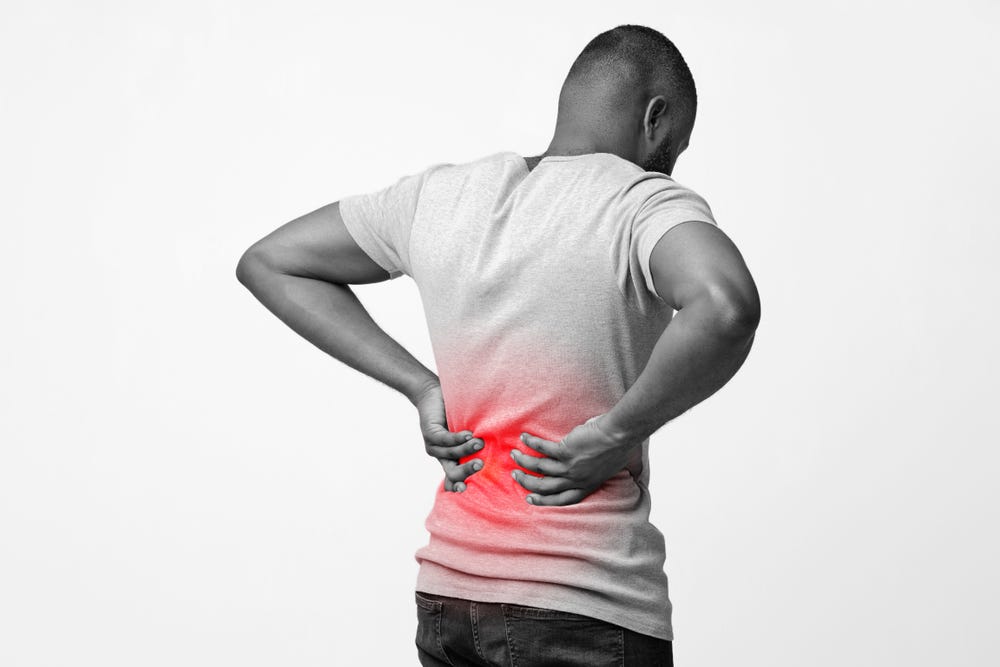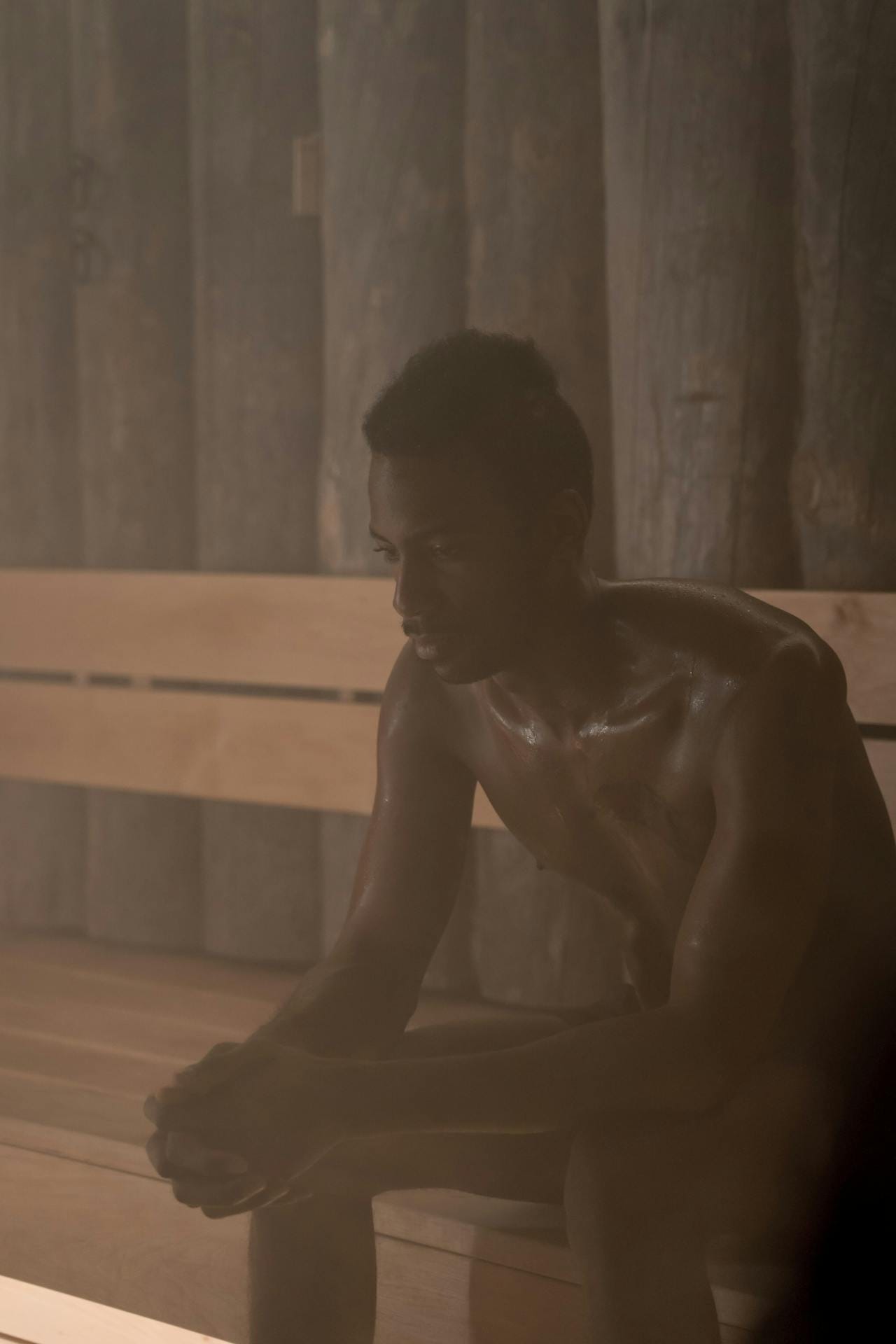Traveling with Sciatica: A Journey Within a Journey
Traveling with sciatica is a journey within a journey, one that teaches patience, humility and a new relationship with your own body. Nearly 40% of people will experience sciatica at some point in their lives. For those who love to move, explore and cross oceans, that statistic isn’t just medical; it’s personal. It means learning how to carry both curiosity and caution in the same suitcase.
The word sciatica itself has traveled through time. It comes from the Greek ischiadikos, meaning “of the hips,” first used by Hippocrates to describe deep, radiating pain. Centuries later, Latin physicians called it sciatica passio, “the affliction of the hip.” What began as an ancient description of pain became, in modern medicine, a clear map: irritation of the sciatic nerve, the longest nerve in the body, stretching from the lower spine through the hips and down each leg.
Sciatica doesn’t announce itself politely. It can arrive as a dull ache, a sharp stab or a burn that humbles even the strongest among us. Its causes vary, from herniated discs and spinal narrowing to the simple modern plague of sitting too long. In the U.S., it’s most often linked to spinal compression; in Africa, long hours of manual labor and lack of ergonomic support are common triggers. But wherever you are, its message is the same: the body keeps score, and neglect collects interest.
Before boarding my flight to Senegal a few weeks ago, I had already made peace with the risk. I stretched before the flight, stayed hydrated, and paced my rest. After all, I’d faced worse; a flare-up once left me unable to walk for several weeks. But I was determined that this trip would be different.
We landed in Dakar under the kind of golden light that makes the air itself seem alive. We spent a few days there before the long drive to Kaolack, a road that runs through quiet villages, baobab trees and red earth that smells of warmth and memory. By the time I arrived in the blessed quarter of Medina Baye, I was tired but content. The air was thick with humidity, the scent of charcoal and incense drifting from nearby courtyards. My body felt strong. My spirit even stronger.
Then, a few days later, I slipped—not in motion, but in discipline. I allowed white sugar to creep back into my tea, ignored my usual morning stretches and let sleep fall into irregular patterns. It’s small decisions like these that invite pain in silently, like a thief at the door. One night after dinner, that familiar electric current reappeared, first a dull whisper in my hip, then a sharp, insistent wave running down my leg. Within hours, movement became difficult. It wasn’t dramatic, but it was demanding, my body reminding me it had limits I’d forgotten to respect.
Thankfully, the management at Medina Baye Residences, located just a few minutes from where I was staying, graciously allowed me to use their sauna and pool to help me recover. The pain had become so intense that I couldn’t walk there; I had to be driven from my place to theirs. Inside the quiet of the facility, I began gentle stretches and breathing exercises before each sauna session. The heat loosened what was tight, the pool cooled what was inflamed, and together they began to restore what travel had unsettled. But the healing journey had only just slowly begun.
It was also during that time that another small act of care reminded me how interconnected healing can be. A good brother back in New York sent me my ComfiLife orthopedic seat cushion, the same one I’d left behind by mistake. It’s a simple gray cushion, nothing flashy, but its design eases pressure from the lower spine and redistributes weight evenly. I used it while sitting, praying, even writing. Small adjustments like that make long journeys possible again.
But recovery isn’t only physical. It’s also about rhythm, and I had lost mine. White sugar feeds inflammation. Dehydration tightens the spinal discs that rely on fluid for flexibility. Poor sleep weakens the nervous system and raises cortisol, the hormone that amplifies pain. Together, they form a perfect storm. Healing required me to return to discipline: water before tea, stretching before sunrise, stillness before screens.
One forgotten habit I had to revive was taking copper supplements. Copper plays a vital role in nerve repair and myelin formation, the protective sheath that helps nerves communicate. Research shows that copper deficiency can lead to symptoms like tingling, weakness and nerve pain, while balanced levels may support recovery and reduce inflammation. Writing this very piece reminded me that I’d fallen off track with that routine too. Healing, I realized, isn’t only about what you do; it’s about what you keep doing.
Over the years, I’ve found other natural allies for nerve health: vitamin B12 and a full B-complex for nerve regeneration; magnesium for muscle relaxation; vitamin D3 for bone and nerve integrity; alpha-lipoic acid and acetyl-L-carnitine for cellular repair; and curcumin from turmeric for its quiet, powerful anti-inflammatory effect. These aren’t miracles, but they’re steady friends, reminders that consistent care is better than occasional correction.
Each morning in Medina Baye became part of my healing rhythm. Before leaving my bed, I would stretch lightly, breathe deeply, and let the pain guide me rather than control me. I walked slowly, grateful for every step that didn’t hurt. And I gave thanks, not because I was pain-free, but because pain had slowed me down long enough to listen.
Sciatica, for me, has become less of an ailment and more of a teacher. It teaches me that balance is borrowed, not owned. That the body keeps its own kind of records, one that demands presence, patience and care. And in a place like Medina Baye, where life moves to the rhythm of prayer and peace, I was reminded that healing doesn’t always mean stopping. Sometimes, it simply means moving, gently, deliberately and with gratitude for every step that doesn’t hurt.
Written from Kaolack, Medina Baye, between movement, prayer and stillness.
By Kaba Abdul-Fattaah



